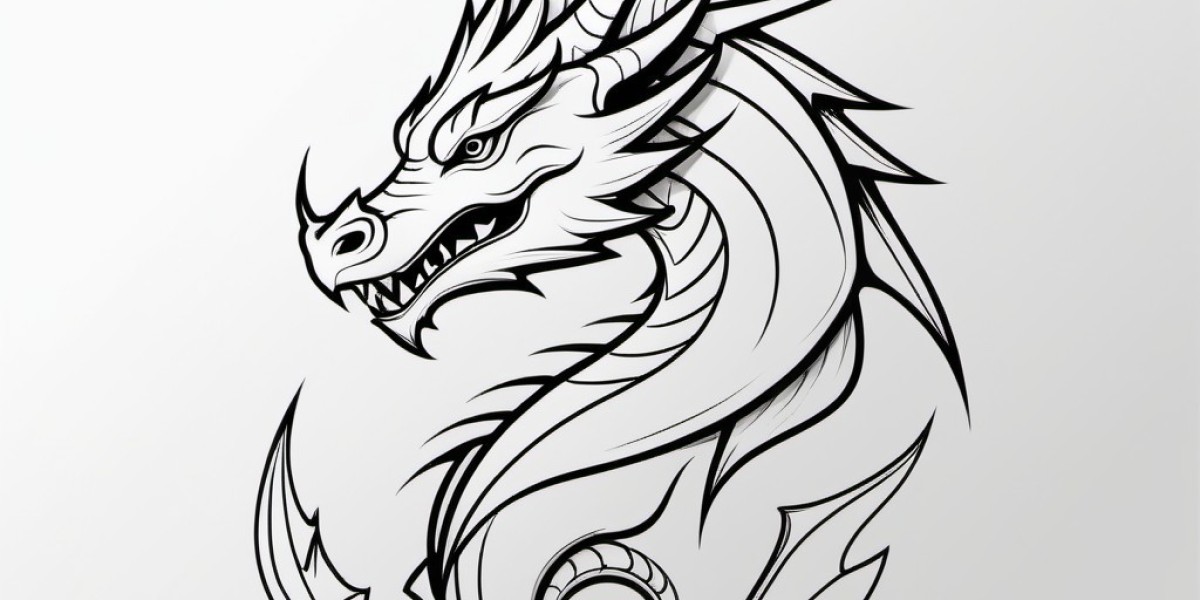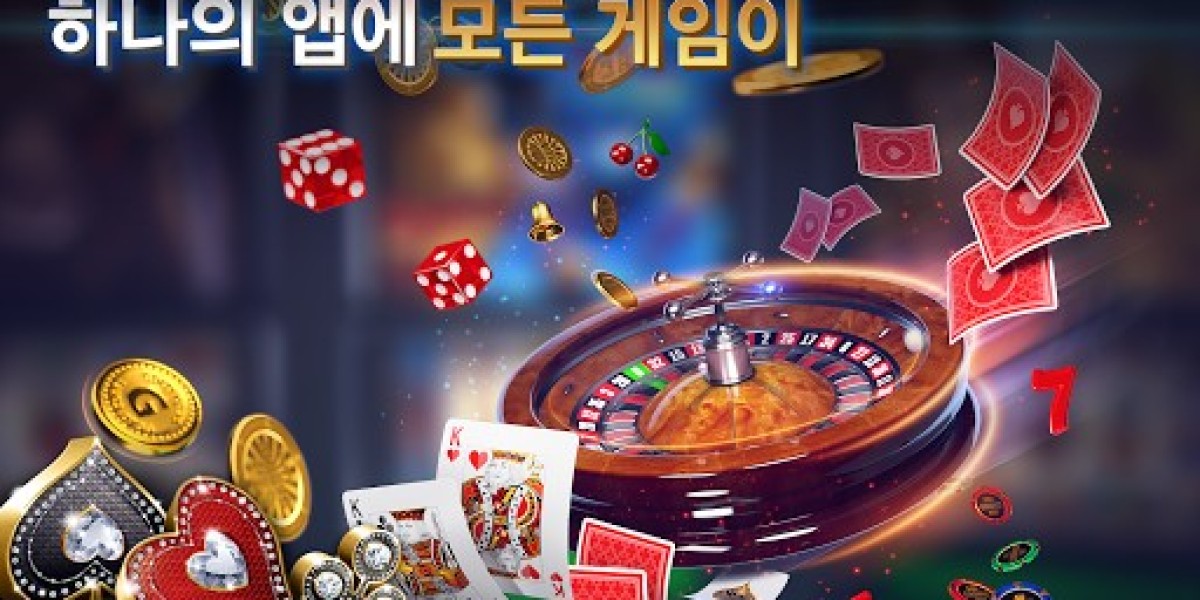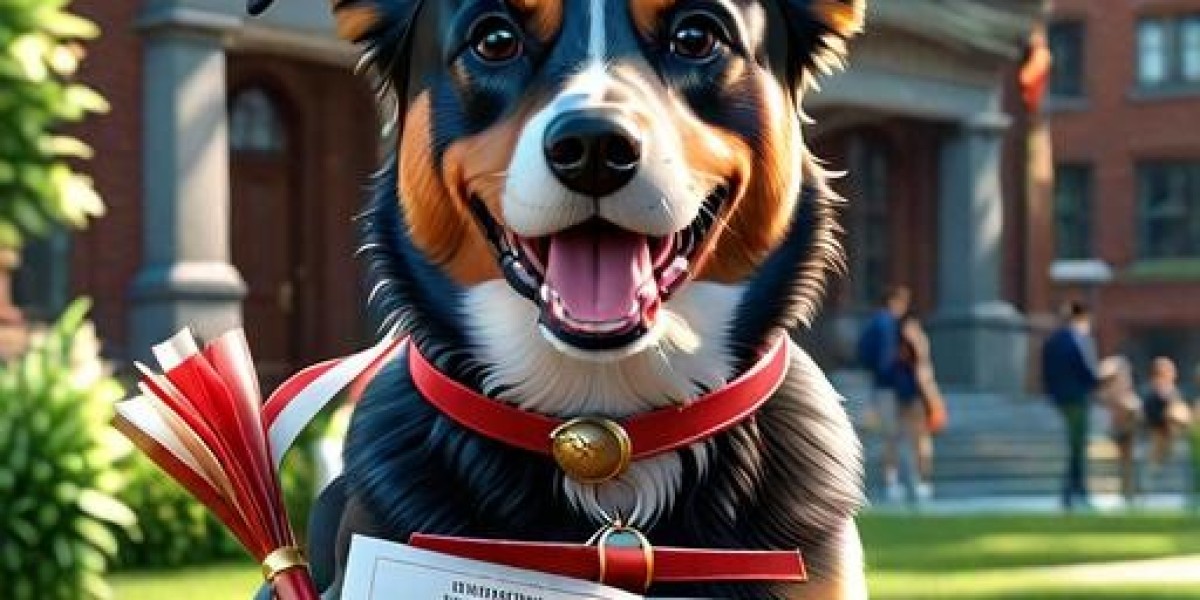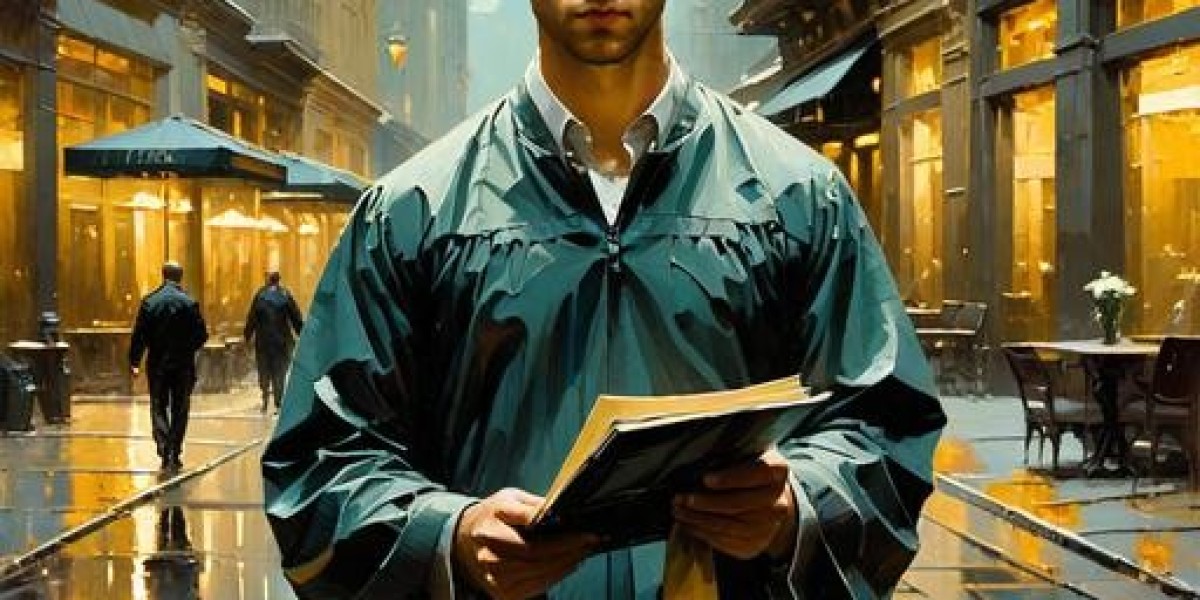Few symbols captivate the human imagination as deeply as the dragon. This mythical creature, with its variations across cultures, embodies a range of meanings: power, wisdom, chaos, transformation, and the profound mysteries of life. Whether feared as a destructive force or revered as a divine protector, dragons are among the most enduring and versatile symbols in mythology and folklore.
dragon symbol in Eastern Mythology: Benevolent and Harmonious Beings
In Eastern traditions, dragons are not the menacing creatures often portrayed in Western tales. Instead, they are benevolent beings, deeply connected to nature, cosmic forces, and human prosperity.
The Chinese Dragon (Long): In Chinese culture, dragons are divine creatures associated with water and weather. They control rainfall, rivers, and seas, making them vital for agriculture and life. Often seen as protectors of the people, they symbolize power, prosperity, and good fortune. The dragon was also a symbol of imperial authority, with emperors regarded as living embodiments of dragon energy.
Japanese and Korean Dragons: Japanese dragons (ryū) are often linked to Shinto and Buddhist traditions, symbolizing wisdom, strength, and protection. Korean dragons (yong) share similar qualities, often depicted as benevolent guardians of waterways and treasures. Both cultures emphasize the dragon’s role in maintaining natural and spiritual balance.
The Naga: In Indian and Southeast Asian traditions, serpent-like dragons known as nagas are protectors of sacred spaces, water sources, and hidden treasures. They represent life, fertility, and spiritual insight, often acting as intermediaries between the human and divine realms.
Dragons in Western Folklore: Guardians of Chaos and Conflict
In Western mythology, dragons are often depicted as ferocious beasts, representing chaos, greed, or danger. Their presence in stories frequently serves as a test of bravery and heroism.
Fierce Adversaries: Dragons in Western tales are typically portrayed as monstrous, fire-breathing creatures guarding treasures or threatening communities. The legend of St. George and the Dragon is one of the most famous examples, where slaying the dragon symbolizes the triumph of virtue and courage over evil.
Symbolism of Greed: In stories like those of Norse mythology, dragons are associated with greed and corruption. Fafnir, a dwarf transformed into a dragon after succumbing to his lust for gold, serves as a cautionary tale about the dangers of avarice.
Guardians of Treasure: Dragons often serve as custodians of wealth—whether material, spiritual, or intellectual. Their treasure represents the rewards of personal growth, accessible only through trials of courage and strength.
Shared Themes of Dragon Symbolism
Despite their cultural differences, dragons universally embody themes that resonate with the human experience:
Power and Majesty:
Dragons are often seen as powerful entities, representing both physical strength and supernatural influence. In Eastern traditions, their power is constructive, fostering harmony and abundance, while in the West, it is often destructive, embodying the raw, untamed forces of nature.Transformation and Growth:
Confronting a dragon is a common metaphor for personal transformation. In many stories, the dragon represents a significant obstacle or fear that, when overcome, leads to enlightenment, maturity, or renewal.Guardians of Wisdom and Treasure:
Whether guarding a treasure hoard or sacred knowledge, dragons symbolize the rewards that come from facing challenges. Their presence reminds us that growth and discovery often require great effort and courage.Balance and Duality:
Dragons often embody dualities such as creation and destruction, chaos and order, or life and death. In Eastern cultures, this duality is harmonious, while in Western tales, it represents conflict between opposing forces.
Dragons in Modern Times: Evolving Symbolism
Dragons continue to inspire awe and fascination in contemporary culture. Their representation has evolved, but they remain powerful symbols of strength, individuality, and mystery.
In Literature and Media: Modern fantasy literature and films frequently feature dragons as central figures, from Smaug in The Hobbit to the dragons in Game of Thrones. These stories often explore dragons as complex characters, highlighting themes of ambition, wisdom, and the consequences of power.
As Personal Symbols: Dragons are popular in tattoos, logos, and art, symbolizing personal strength, transformation, and independence. They resonate as a metaphor for resilience and the courage to face life’s challenges.
Spiritual and Psychological Significance: In spiritual traditions, dragons are linked to inner energy and transformation. For example, in yoga, the kundalini serpent—often compared to a dragon—represents dormant energy that, when awakened, leads to spiritual enlightenment.
Conclusion: The Eternal Mystique of Dragons
The dragon’s enduring presence in mythology, art, and culture reflects its deep connection to the human psyche. It is a symbol of both our fears and aspirations, representing the challenges we face and the strength we possess to overcome them.
Whether as a benevolent force or a fearsome adversary, the dragon captures the complexities of existence, reminding us of the eternal dance between chaos and order, destruction and creation. As a timeless and universal symbol, the dragon invites us to embrace transformation, seek balance, and uncover the hidden treasures of wisdom and strength within ourselves.









